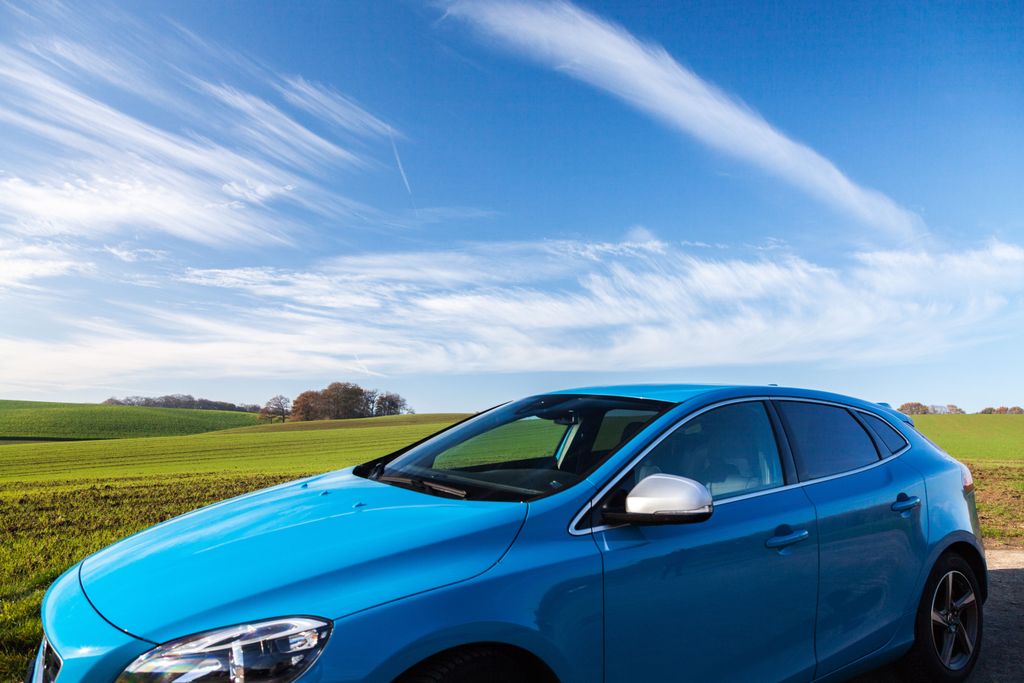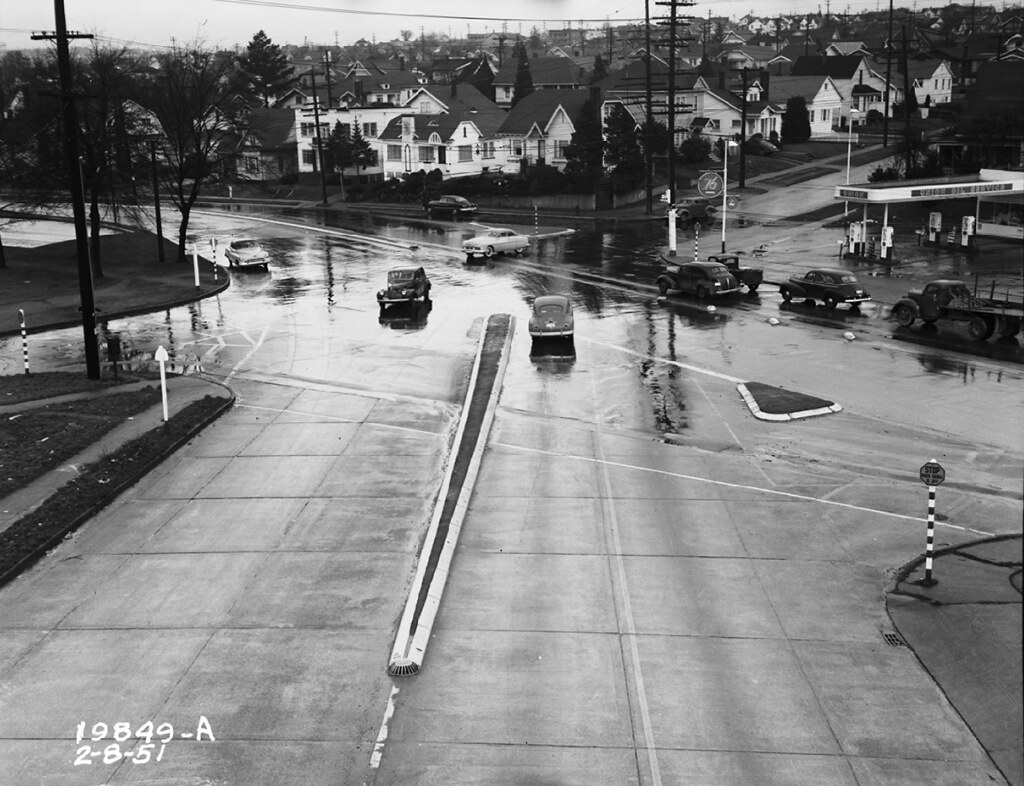
It’s a stark reality on our roads: every year, certain intersections become hotspots for severe accidents, leading to devastating consequences. These aren’t just *bad* spots on the map; they’re often the *worst*, where unfortunate circumstances and specific design flaws converge to create truly dangerous situations. We’re talking about places where accidents aren’t just possible, but statistically probable, and where a moment’s lapse can have permanent repercussions.
Understanding where these danger zones are and why they’re so perilous is more than just interesting information—it’s crucial for every driver’s safety. This vital data, compiled by Mattiacci Law through a comprehensive review of the latest federal and state data from the National Highway Traffic Safety Administration (NHTSA), state Departments of Transportation (DOTs), and local agencies, provides an essential roadmap to understanding road safety risks. The detailed statistics and identified risk factors offer a critical perspective for both seasoned commuters and new drivers alike, highlighting areas that demand heightened vigilance.
So, buckle up, because we’re about to explore the top 10 most dangerous intersections in the U.S. for 2025. We’ll break down what makes each of these spots so risky, from heavy traffic and poor visibility to pedestrian dangers and complex merging issues. Our goal isn’t just to inform, but to equip you with the knowledge to navigate these tricky areas safely and avoid becoming another statistic. This isn’t about fear-mongering; it’s about empowerment through information, helping you identify and understand the inherent challenges of these notorious junctions. Let’s dive in and uncover what the 2025 data tells us about road safety, starting with the very top of this unenviable list, ensuring every journey is as safe as possible.

1. **Lalor Street & SR-129, Trenton, NJ**Kicking off our list at number one is the intersection of Lalor Street and SR-129 in Trenton, New Jersey, a location that has tragically recorded 7 fatal crashes in 2025. This isn’t just a number; it represents lives lost and communities impacted by preventable incidents. The sheer volume of serious accidents here places it firmly at the top of the most dangerous intersections in the country.
The primary culprits identified for the high risk at this Trenton hotspot are “Heavy traffic” and “poor visibility.” Imagine trying to navigate through a confluence of cars, trucks, and commuters, all while struggling to see what’s coming next or accurately gauge distances. This combination creates a perfect storm where even minor errors can escalate into catastrophic collisions, making every drive through this junction a high-stakes endeavor.
Heavy traffic means more vehicles in a confined space, increasing the probability of fender-benders, side-swipes, and head-on collisions, especially during peak hours. When you add “poor visibility” into the mix, drivers are essentially operating with a handicap, making it harder to spot pedestrians, read traffic signals, or even perceive other vehicles in time to react. It’s a stark reminder that some intersections are inherently more challenging due to their design and environmental factors.
For those who frequently travel through Trenton, especially near Lalor Street and SR-129, extreme caution is paramount. It’s a location that demands your undivided attention, every single time. Being aware of the “Heavy traffic” and “poor visibility” can help drivers mentally prepare and adopt a more defensive driving strategy, potentially mitigating some of the inherent dangers of this notorious intersection.

2. **Route 7 & Hickory Road, Niskayuna, NY**Next up, we head to Niskayuna, New York, where the intersection of Route 7 and Hickory Road has seen 5 fatal crashes in 2025. While slightly fewer than our top spot, 5 fatalities still paint a grim picture of persistent danger. This intersection stands out for its specific hazards, particularly those affecting the most vulnerable road users.
The key risk factors highlighted for this location are “Pedestrian danger” and a “lack of signals.” Think about what that implies: people on foot trying to cross a busy road without the clear guidance and protection that traffic signals provide. It’s a recipe for disaster, especially with drivers who might not be expecting pedestrians or fail to yield the right-of-way.
A “lack of signals” can create ambiguity and hesitation for both drivers and pedestrians, leading to misjudgments. Pedestrians might assume drivers see them, while drivers might not anticipate foot traffic, especially in conditions that might not seem overtly urban. This makes safe crossing a precarious act of faith rather than a regulated movement, elevating the risk of serious injury or death.
The “Pedestrian danger” aspect emphasizes the critical need for drivers to be exceptionally alert for anyone on foot. It also highlights the responsibility of pedestrians to use caution, perhaps seeking safer crossing points even if it means a slight detour. This intersection serves as a powerful reminder that road safety isn’t just about vehicles; it’s about everyone sharing the space responsibly.

3. **Roosevelt Boulevard, Philadelphia, PA**Now we turn our attention to Philadelphia, Pennsylvania, home to one of the most infamously dangerous stretches of road in the country: Roosevelt Boulevard. This isn’t just an intersection; it’s a behemoth, and its crash statistics are truly alarming, with “75+” fatal crashes recorded in 2025. Yes, you read that right—over 75 fatalities, making it an undeniable black spot on the map of American road safety. Such a high number places it in a category of its own, signaling an urgent need for awareness among anyone who drives, bikes, or walks near this area.
The sheer scale of this number underscores the profound dangers present on Roosevelt Boulevard. This high fatality count distinguishes it significantly from other locations on our list, indicating systemic issues that contribute to a relentless cycle of serious accidents. It’s a place where drivers need to approach with the utmost vigilance, recognizing the extraordinary risks involved in traversing its expanse. The impact of such a high accident rate extends far beyond the immediate incident, affecting emergency services, local communities, and the overall perception of safety in Philadelphia.
The identified “Notable Risk Factors” for Roosevelt Boulevard are “Multiple lanes” and “high speeds.” Imagine trying to navigate a road that can feel more like a highway, with numerous lanes of traffic often moving at considerable velocity. This environment inherently invites complex maneuvers, aggressive driving, and a higher probability of severe impact crashes, as drivers try to weave through traffic or make quick decisions, sometimes under pressure. The expansive nature of the boulevard, combined with its capacity for speed, creates a particularly unforgiving driving environment.
“Multiple lanes” increase the complexity of lane changes and merges, creating more conflict points between vehicles, especially when drivers are unfamiliar with the layout or trying to change lanes at the last minute. When combined with “high speeds,” the stopping distance increases dramatically, and the force of impact in a collision becomes far more destructive, often leading to more severe injuries and fatalities. For drivers, this means maintaining extra space, avoiding distractions, and exercising patience are not just good practices, but absolute necessities on this treacherous Philadelphia thoroughfare. This intersection is a sobering example of how infrastructure design and driver behavior can profoundly impact safety outcomes, demanding respect and extreme caution from all who encounter it.

4. **Flamingo Road & S. Decatur Blvd, Las Vegas, NV**From the East Coast, we jet over to the vibrant, bustling city of Las Vegas, Nevada, where Flamingo Road and S. Decatur Boulevard claim the fourth spot on our list with 4 fatal crashes in 2025. This intersection carries its own unique set of challenges, heavily influenced by the city’s distinctive character and constant flow of visitors.
The “Notable Risk Factors” here are pinpointed as “Tourist congestion” and “wide spans.” Let’s break that down. “Tourist congestion” means a constant influx of drivers who might be unfamiliar with the local road network, perhaps distracted by the city’s attractions, or even under the influence. These drivers can be less predictable, making sudden turns, stopping unexpectedly, or simply not paying full attention to the road.
Coupled with this, “wide spans” often imply expansive intersections with multiple turning lanes and long crosswalks. While seemingly designed for high traffic volume, these “wide spans” can confuse drivers about right-of-way, encourage higher speeds through turns, and increase the exposure time for pedestrians attempting to cross. The sheer distance to traverse can also lead to misjudgments about oncoming traffic.
In an environment defined by entertainment and novelty, it’s easy for focus to wane. However, this particular junction demands heightened awareness, especially from locals who should anticipate the actions of potentially disoriented tourists, and from visitors who must exercise extreme caution. Navigating this intersection successfully requires a defensive mindset, keeping an eye out for both vehicles and pedestrians who might be navigating unfamiliar territory.
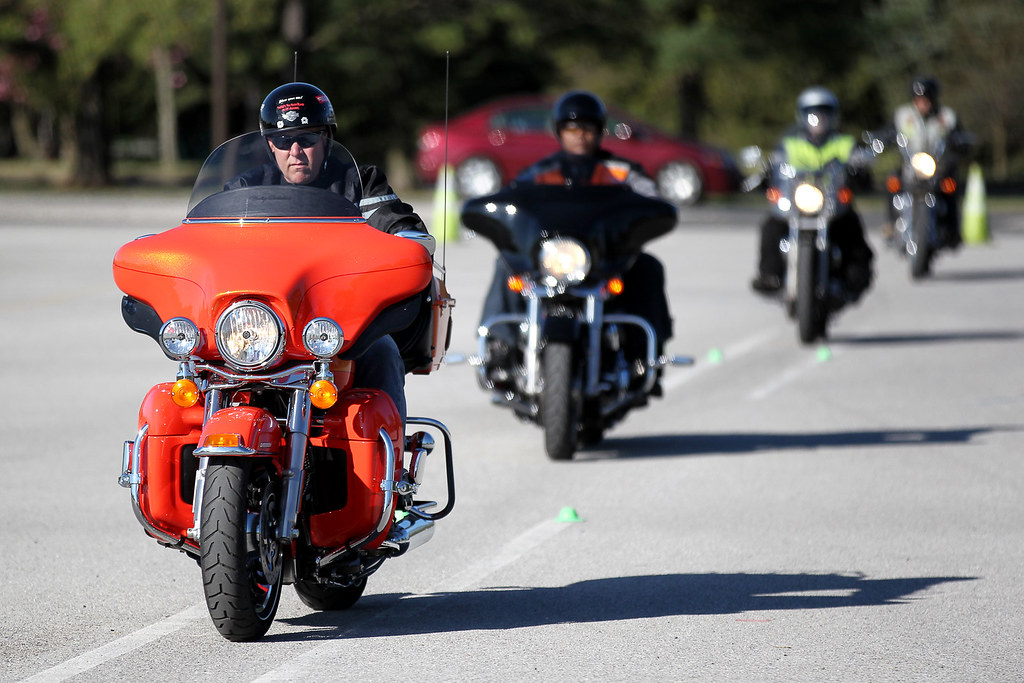
5. **I-70 & Jennings Station Road, St. Louis, MO**Rounding out the first half of our top 10 list, we journey to St. Louis, Missouri, where the intersection of I-70 and Jennings Station Road registered 3 fatal crashes in 2025. This particular spot highlights a common, yet often overlooked, category of danger: the intersection where highway merges meet local traffic.
The primary “Notable Risk Factor” for this St. Louis location is “Speed merging issues.” Anyone who has ever driven on a highway knows the challenge of merging. It requires precise timing, accurate speed matching, and clear communication with other drivers. When these merges are poorly designed or drivers are not exercising due caution, the consequences can be severe.
“Speed merging issues” typically arise when vehicles entering or exiting the interstate collide with existing highway traffic or with vehicles on the surface street. Differences in speed, insufficient acceleration/deceleration lanes, or aggressive driving can all contribute to these problems. Imagine trying to merge onto a fast-moving highway while also contending with drivers trying to exit, or cars on the local road trying to cross this high-speed traffic flow.
The complexity increases at intersections where multiple traffic streams—highway speed, deceleration, and local road traffic—all converge. This scenario demands drivers to be acutely aware of their surroundings, check blind spots rigorously, and maintain consistent, appropriate speeds. For anyone navigating the I-70 and Jennings Station Road interchange, anticipating rapid changes in speed and trajectory from other vehicles is crucial for safety.
Alright, road warriors, we’ve navigated the very top of our list of hazardous hotspots, but the journey isn’t over yet! Now, let’s buckle up and dive into the next set of notorious junctions, from number 6 to 10. These might have slightly fewer fatal crashes than the top contenders, but don’t let that fool you—they still present unique and serious challenges that every driver should be aware of. Staying informed is your best defense, so let’s continue to empower ourselves with knowledge and cruise through the remaining danger zones.

6. **Route 9 & Hammond Pond Pkwy, Newton, MA**Coming in at number six on our list, we head to Newton, Massachusetts, where the intersection of Route 9 and Hammond Pond Parkway has unfortunately recorded 2 fatal crashes in 2025. While the number might seem lower compared to some of the absolute worst, each fatality is a tragedy, and the recurring incidents here signal a persistent and critical danger point that drivers need to respect.
The primary culprit identified for this particular New England intersection is “Confusing lanes.” Imagine trying to navigate a puzzle box while driving at speed, with lanes appearing, disappearing, or shifting unexpectedly. This lack of clarity can be a nightmare, leading to last-minute lane changes, sudden braking, and frantic maneuvers from drivers trying to figure out where they need to be, especially if they’re unfamiliar with the area.
Confusing lane configurations often mean that signage might be inadequate, or the road design itself creates ambiguities. Drivers might find themselves in a turn-only lane when they intended to go straight, or miss their exit because the correct lane wasn’t clear until it was too late. This hesitation and sudden correction can easily lead to sideswipe collisions or rear-end accidents, particularly when traffic is heavy or moving quickly.
For commuters and travelers around Newton, particularly through this intersection, an extra layer of caution is absolutely essential. Taking the time to mentally prepare for the layout, perhaps even studying a map beforehand, can make a significant difference. Staying alert for other drivers who might be equally confused, and maintaining ample following distance, are key strategies to mitigate the risks posed by these ‘puzzle box’ lanes.
Ultimately, the issue of “Confusing lanes” at Route 9 and Hammond Pond Parkway underscores how seemingly minor design flaws can have major consequences. It’s a powerful reminder that road safety isn’t just about speed or attention, but also about the clarity and intuitiveness of the road infrastructure itself. Being prepared for the unexpected is your best bet when approaching this tricky junction.

7. **Route 9 & Speen Street, Natick, MA**Still in Massachusetts, our next stop takes us to Natick, where the intersection of Route 9 and Speen Street also saw 2 fatal crashes in 2025. This location, much like its Newton counterpart, highlights a different but equally critical aspect of urban road safety: the challenges faced by pedestrians in high-traffic areas. This is where drivers and walkers must both exercise extreme vigilance.
The “Notable Risk Factor” for this intersection is clearly labeled as “High pedestrian traffic.” Think about it: a busy thoroughfare where a significant number of people are trying to cross on foot, often at different points and sometimes against the flow of vehicle traffic. This constant interaction between cars and pedestrians creates numerous conflict points, increasing the likelihood of an accident.
“High pedestrian traffic” can mean several things: people rushing to catch public transport, students walking to school, or shoppers moving between businesses. Drivers might be focused on other vehicles or navigating turns, potentially overlooking someone stepping into the road. Conversely, pedestrians, especially if distracted, might misjudge the speed of oncoming traffic or assume drivers see them.
The sheer volume of both vehicles and pedestrians demands a heightened sense of awareness from everyone. Drivers must be extra cautious when approaching crosswalks, making turns, and in stop-and-go traffic, always anticipating that a pedestrian might suddenly appear. For pedestrians, it’s about making eye contact with drivers, using designated crossing areas, and avoiding distractions like phones.
This Natick intersection is a potent reminder that road safety is a shared responsibility. When “High pedestrian traffic” is a known risk, everyone—from city planners to individual drivers and pedestrians—needs to actively work towards creating a safer environment. A moment of inattention from any party can have irreversible consequences at such a busy junction.
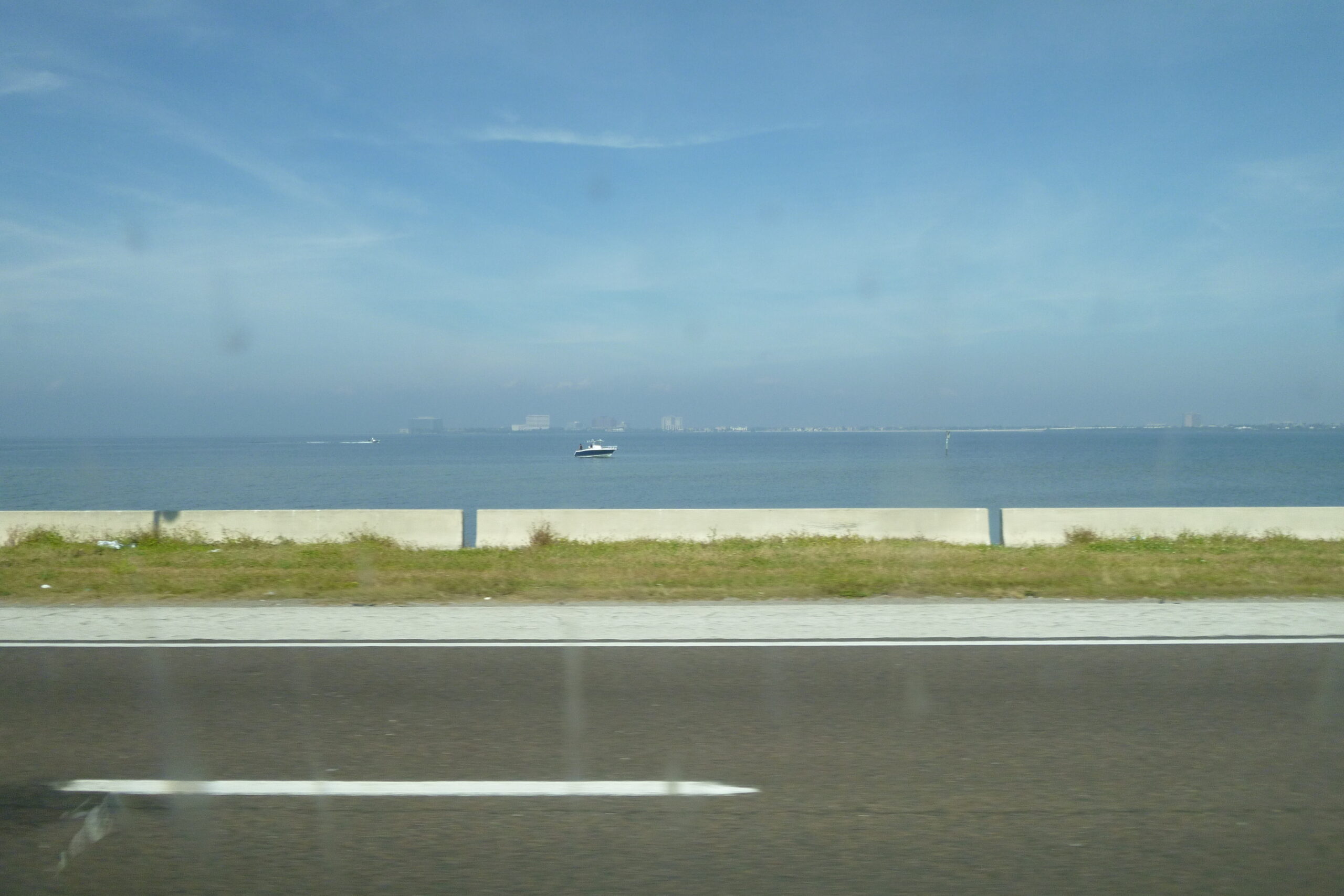
8. **US-19 & Gulf-to-Bay Blvd, Clearwater, FL**Sunshine State drivers, listen up! Our eighth spot takes us to Clearwater, Florida, at the intersection of US-19 and Gulf-to-Bay Boulevard, which also recorded 2 fatal crashes in 2025. While Florida is known for its beautiful beaches and vibrant cities, this particular spot reminds us that even paradise has its perils, especially for those on foot.
The major issue at this busy Florida junction is “Crosswalk dangers.” This isn’t just about pedestrians; it’s about the specific vulnerabilities they face when crossing wide, multi-lane roads common in many sprawling American cities. Crosswalks are meant to be safe havens, but if poorly designed or if drivers fail to yield, they can become points of extreme risk.
“Crosswalk dangers” often stem from several factors: long crossing distances that expose pedestrians to traffic for extended periods, insufficient time on pedestrian signals, or drivers simply not seeing or respecting the right-of-way of those crossing. In areas with high speeds or multiple turning lanes, a driver focused on the vehicle next to them might completely miss a pedestrian entering the crosswalk.
For drivers, it’s absolutely crucial to be on high alert when approaching any crosswalk at this intersection. Always anticipate pedestrians, slow down, and be prepared to stop. Don’t be that driver who makes a right turn on red without double-checking for walkers. For pedestrians, exercise extreme caution, make sure you’re visible, and don’t assume drivers see you, even if you have the right-of-way.
This Clearwater intersection underscores the systemic challenges of integrating pedestrian safety into high-volume roadways. It’s a call to action for both drivers and city planners to ensure that crosswalks truly offer the protection they are intended to, and for every individual to prioritize the safety of the most vulnerable road users.
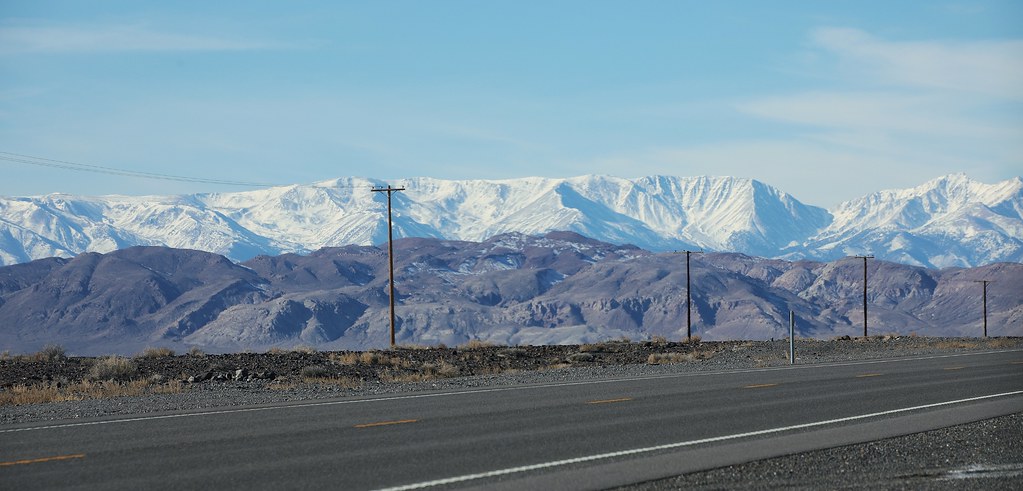
9. **Telegraph Road & Joy Road, Detroit, MI**Heading north, our penultimate hazardous intersection is found in Detroit, Michigan, at Telegraph Road and Joy Road, logging 2 fatal crashes in 2025. This intersection shines a spotlight on behaviors that unfortunately contribute to a significant portion of accidents nationwide: a disregard for basic traffic laws designed to keep everyone safe.
The standout “Notable Risk Factors” here are “Speed and red-light violations.” This combination is particularly lethal. Imagine drivers not only flying through the intersection well above the speed limit but also blowing through red lights. It’s a recipe for high-impact T-bone collisions, often resulting in severe injuries and fatalities, as vehicles are hit broadside at high velocity.
“Speed violations” drastically reduce a driver’s reaction time and increase stopping distances, making it nearly impossible to avoid an unexpected obstacle or another vehicle. When you layer “red-light violations” on top of that, you have drivers knowingly or unknowingly entering an intersection when cross-traffic has a green light. This creates direct, unavoidable conflict points.
For anyone traveling through Telegraph Road and Joy Road, defensive driving isn’t just a recommendation; it’s a necessity. Assume that other drivers might not obey traffic signals or speed limits. Look both ways before proceeding on a green light, and resist the urge to speed up to ‘make’ a yellow light. Your life, and the lives of others, literally depend on it.
This Detroit junction serves as a stark warning about the consequences of aggressive and unlawful driving. It’s a critical reminder that while road design plays a role, individual driver behavior is often the ultimate determinant of safety. Obeying traffic laws isn’t just about avoiding tickets; it’s about preventing tragedies.
Read more about: Everyone Wants These 14 Classic Cars In Their Garage: A Deep Dive for Enthusiasts

10. **Vine Street Expressway & Broad Street, Philadelphia, PA**And finally, rounding out our list at number 10, we’re back in Philadelphia, Pennsylvania, at the intersection of Vine Street Expressway and Broad Street, which saw 2 fatal crashes in 2025. This junction presents a different kind of complexity, common in major urban centers where expressways meet busy city streets, creating a challenging environment for all.
The core “Notable Risk Factors” for this Philadelphia hotspot are “Complex turns and merging.” Think about it: drivers exiting a high-speed expressway, often with minimal deceleration lanes, immediately confronting multiple lanes of city traffic, intricate turn signals, and potentially confusing signage. This sudden shift in driving environment demands rapid decision-making and precise vehicle control.
“Complex turns” can involve multiple lane options, tight radii, or intersections where drivers need to make quick decisions about which path to take while simultaneously watching for pedestrians and other vehicles. “Merging” issues arise when drivers from the expressway attempt to integrate into already congested city lanes, often at vastly different speeds, creating conflict and confusion.
Navigating this intersection requires intense focus, excellent spatial awareness, and a willingness to be patient. Drivers should aim to anticipate their movements well in advance, clearly signal their intentions, and be especially wary of other vehicles that might be struggling with the complexity. Avoiding distractions here is non-negotiable.
This intersection is a classic example of how urban infrastructure, designed to handle immense traffic volumes, can inadvertently create specific dangers through its complexity. For drivers in Philadelphia, especially at the Vine Street Expressway and Broad Street interchange, understanding these inherent challenges is the first step toward safer navigation and avoiding becoming another statistic.
As we’ve explored these ten dangerous intersections, it’s clear that understanding the ‘why’ behind their high accident rates is paramount. While this deep dive has focused on identifying and dissecting these perilous points on America’s roads, it naturally leads us to consider broader solutions. The commitment of cities to enhance safety and the proactive strategies that every driver can adopt are, without a doubt, crucial next steps in the ongoing effort to make our journeys safer. These are topics of immense importance that merit continuous attention and exploration, guiding us toward a future with fewer accidents and safer roads for everyone.



